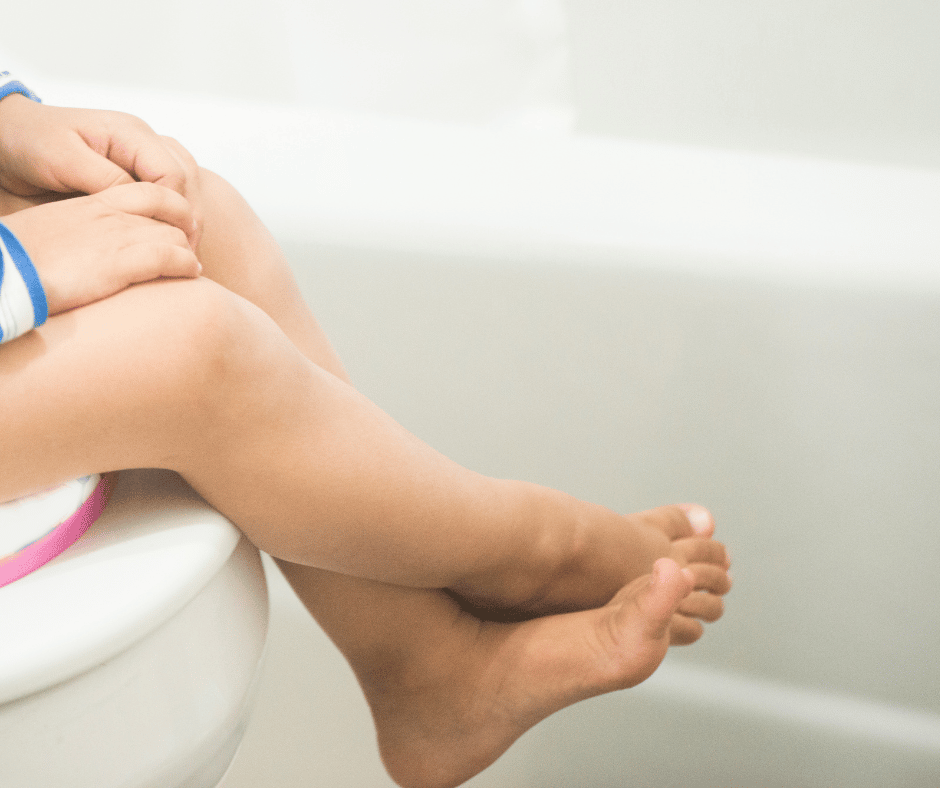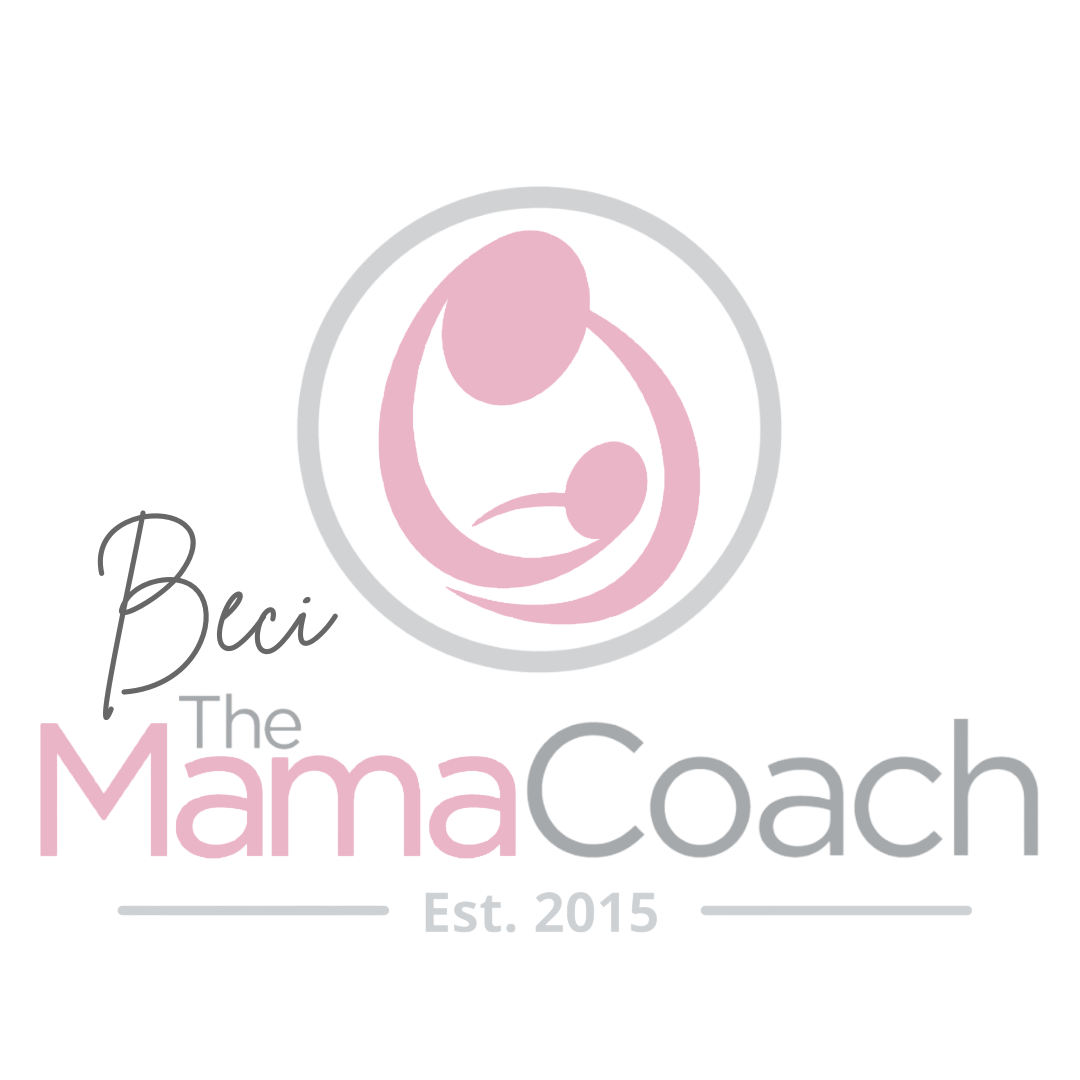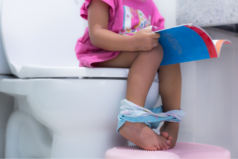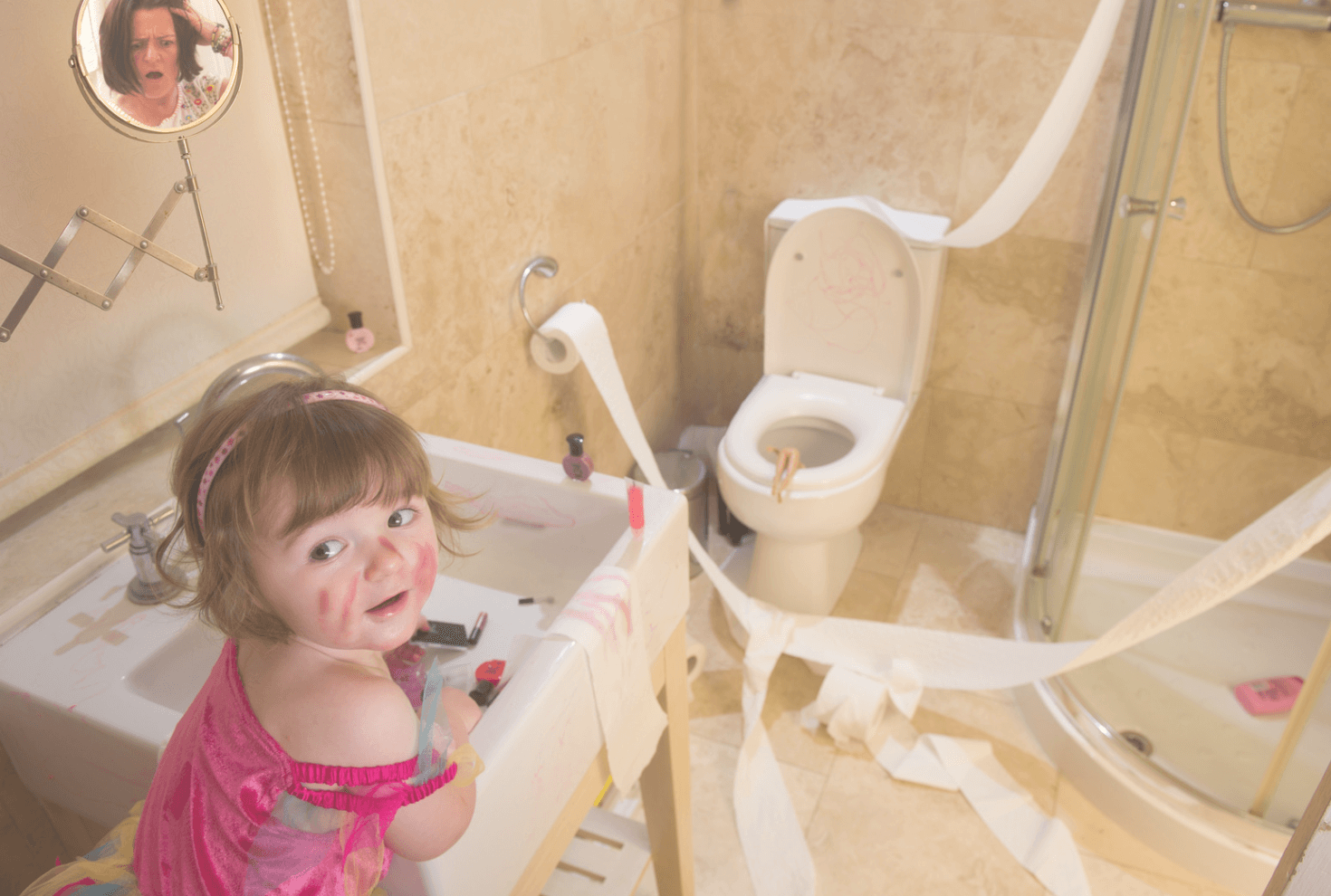So, you’re thinking of starting Toilet Learning with your little one; there is so much out there on what to do and what not to do. You’re confused, what’s the best way, the easiest way?

The Three Simple Steps to help toilet learning happen is this:
Preparation, Practice and Stopping using Nappies.
This is Part 1 – Preparation for Toilet Learning
At the Mama Coach we practice the 9 signs of Readiness and will help with assessing whether your child is ready to start toilet learning. However, involving children in toileting and nappy changes can begin from the very beginning of their life. Talking through what you are doing during nappy changes and verbalising to them when you see them passing urine or stools. These all help them to begin to understand the sensations they may feel and what their body is doing.
Preparation is key to beginning toilet learning. You do not have to wait for readiness to begin preparing, teaching building blocks to toilet learning earlier can help with a gradual and gentle toilet learning experience. Children can build skills in preparation for not using nappies anymore.
There are three areas and learning that a child will go through in order to respond well to toilet learning: Having good Body awareness, practicing toileting on the potty or toilet and then independence in toileting.
Tools for preparing for toilet learning:
- A Potty
- A Child Toilet Seat
- A Stepping Stool
The tools you choose to use should encourage independence in your child. Choosing a potty low enough to the ground or a toilet seat that makes them feel supported is ideal, as this is a process to involve them not put them off. If they are able, choosing a potty with their favourite character or colour can encourage them to use it.
It is important to note that every child is different and will learn at different times. Do not compare them to others. Children with any additional needs may find it harder to learn these skills as easily, it is important to make it fun and not stressful, and if they are really struggling, pause learning and try further down the line.
How do you prepare?
Preparing a child for toilet learning starts with them in nappies. Encouraging them to identify when they are wet or dirty, by changing their nappy as soon as they have passed urine or stools, involving them in the nappy changing process and putting stools into the toilet after changing.
Helping a child to understand the feeling of wetness can be difficult in nappies, as these are super absorbent, and the feeling of wetness passes very quickly. To overcome this, a liner of fabric cloth can be inserted into the nappy, so they get the feeling of wetness, then change this and the nappy when wet or soiled, as soon as possible to avoid nappy rash. Carry this process out over the course of 1-2 weeks. During this time, your child will start to recognise when they are wet or soiled and slowly communicate this to you in their own way depending on language development.
It is important during this initial phase to observe your child for signs of toileting whilst in a nappy. This may include becoming more fidgety, touching their privates, crossing legs or specific facial expressions. Note these down using our toilet learning plan to help when initiating toilet learning.
Make it Fun
A good activity is to try nappy free time, in short regular bursts, to get your child to move without a nappy; thus helping to develop body awareness and what it feels like to have no nappy on. Ideal times to try this is for 30 minutes after your child has had a wee or poo. The aim being to spend it nappy free and avoiding accidents. Children will feel success in the process if they avoid accidents during this period.
Verbalising throughout the process of toilet learning is important and using age-appropriate words to explain their body, the tools they use like a potty or toilet and what their body feels like prior to or during toileting.
In and Out, what to expect
Ideally your child should be having 1x soft stool per day, 4-7 wee’s per day, drinking 6-8 water-based drinks per day (approximately 1 Litre of fluid per day, not including milk-based drinks). Regular bowel and bladder habits help keep them healthy.
Troubleshooting
Problems can arise when nappies are removed and it’s important to address these before toilet learning and nappy removal happens for a smoother journey. For example, if your child does not pass a stool every day, not passing enough urine, withholding stools or urine, or gets upset without a nappy on can be a sign that your child is struggling with the change in routine and learning currently.

Things like constipation, stool or urine withholding, refusal or resistance to the change and learning or anxiety around toilet learning need to be addressed. It’s advisable to seek help and guidance in progressing further in your toileting journey.
Expectation vs Reality
Children have the ability to control both their bladder and bowel when they are physically ready, through skill building and body awareness, and have the desire to become dry and clean. Usually by the age of 1 year, children have stopped passing stools overnight. By the age of 2 years some children become dry during the day, however this is still early in the learning process. From the age of 3 years 90% of children will be dry during the day, however it is not uncommon for accidents, especially when they are excited, upset or concentration is on something more important. Finally at the age of 4 years most children are reliably dry throughout the daytime. It is important to note that night-time dryness can take longer and does not happen at the same time as daytime dryness, and that is ok.
If you think you are ready to start toilet learning, want support in starting your journey or have come to a bump in the road, you can find out more about the services I provide to support you here.



